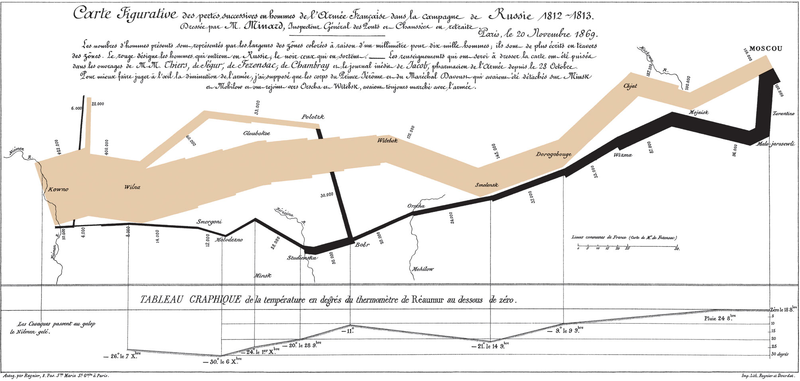I read and thoroughly enjoyed the middle portion of Shoshanna Zuboff’s “In the Age of the Smart Machine”. The book examines the effect of automation on American workers of every level. But the section I read dealt with labor relations between blue-collar workers and management.
The first two chapters of this section didn’t have much to offer on information design, but they were interesting. Zuboff examines the sociological underpinnings of the separation of management from workers thoughtout history. She sites examples and attitudes from texts of various eras that support a religious underpinning for management and capitol and then later a social Darwinist underpinning. She then offers examples of how the smart machine (automation, logistics software and programming) has changed or rather threatened this balance. This gives us a basis to understand her work in the later chapter, which has an important if tangential relationship to information design.In the third chapter the most starling anecdotes are about management trying to limit or purposely design poorly to retain thier position. The machine is viewed as a tool in between the workers and the management and because of that it is a threat to both. But more so to managers in Zuboff’s book.
We see information design used as a tool in this section. It is a way for those with access to the information to keep it to them selves or rather problematize it a way that preserves their job. It is the opposite goal from what we’ve studying but it uses the same tactic. It seems that only the most poorly design information can be hidden in the ‘informed organization’ as Zuboff calls it. This illustrates how design is tied into access. And access has been tied to power for so long it seems ridiculously elementary to mention it.
The machine does a lot of the mental work done by managers even as it removes workers from the process. It limits the managers access in this way and in a more personal sense, their power. Often in the book from interviewees you get a sense of the pride, meaning or feeling of a requirement satisfied that we have in a job. When the machine takes these from workers or management, the need for what the job gave us remains.It is viewed as an opportunity for workers to be promoted to operators or for management to be demoted to the same position. There is never an argument for removing humans from the process entirely but it asks where the humans who operate the smart machines lay in our ‘working’ social order.
The way religious or scientific ideas have been bent to satisfy this power dynamic are in flux in the age of the smart machine. An age which was in it’s nascent stages when the book was published is in full thrust today. She doesn’t predict much but she does convey a sense of a growing issue. And the issues it predicted have become problems today.

No comments:
Post a Comment